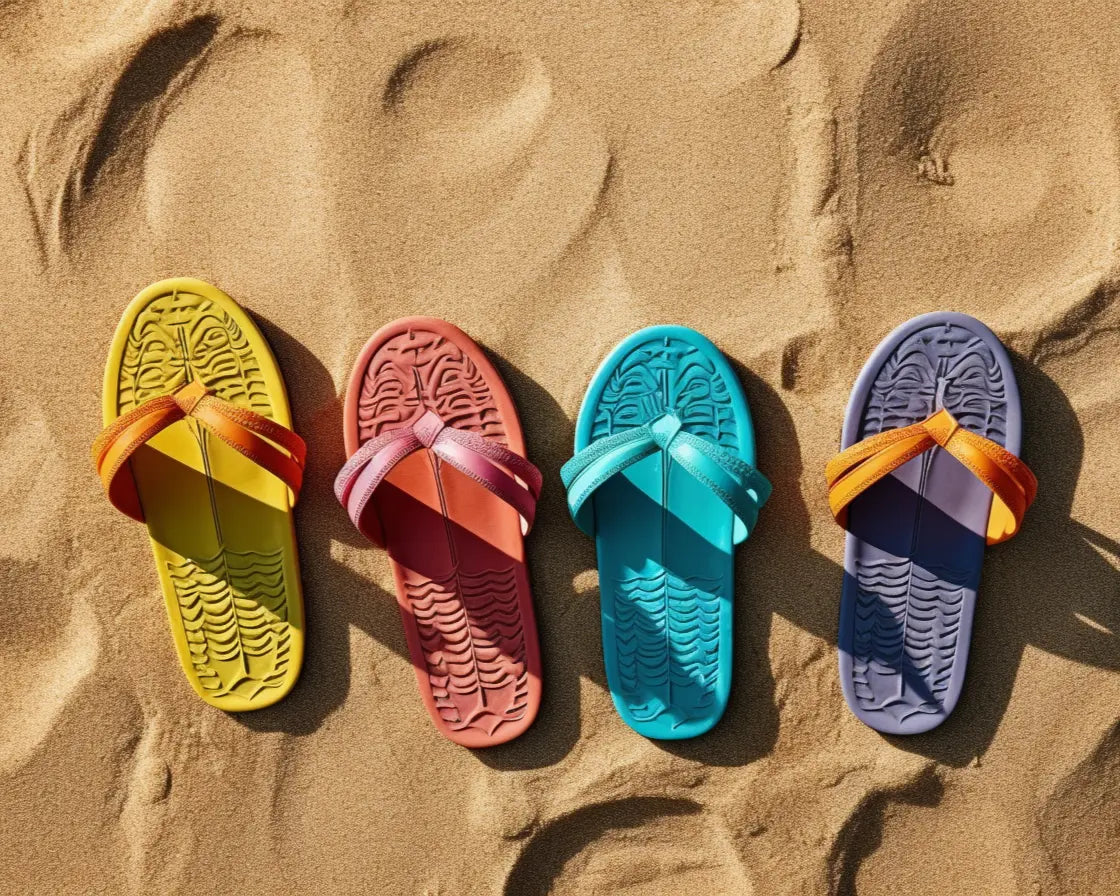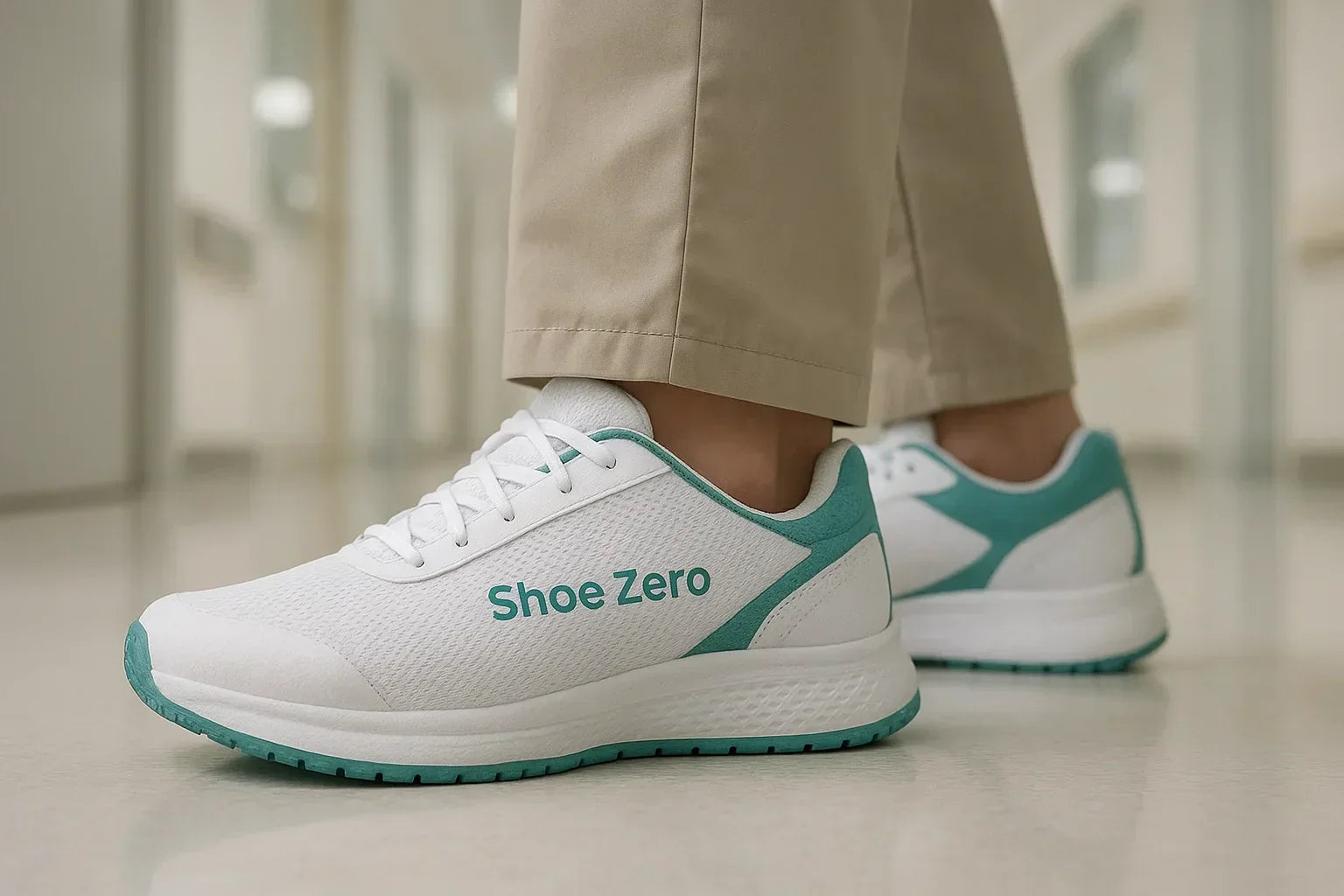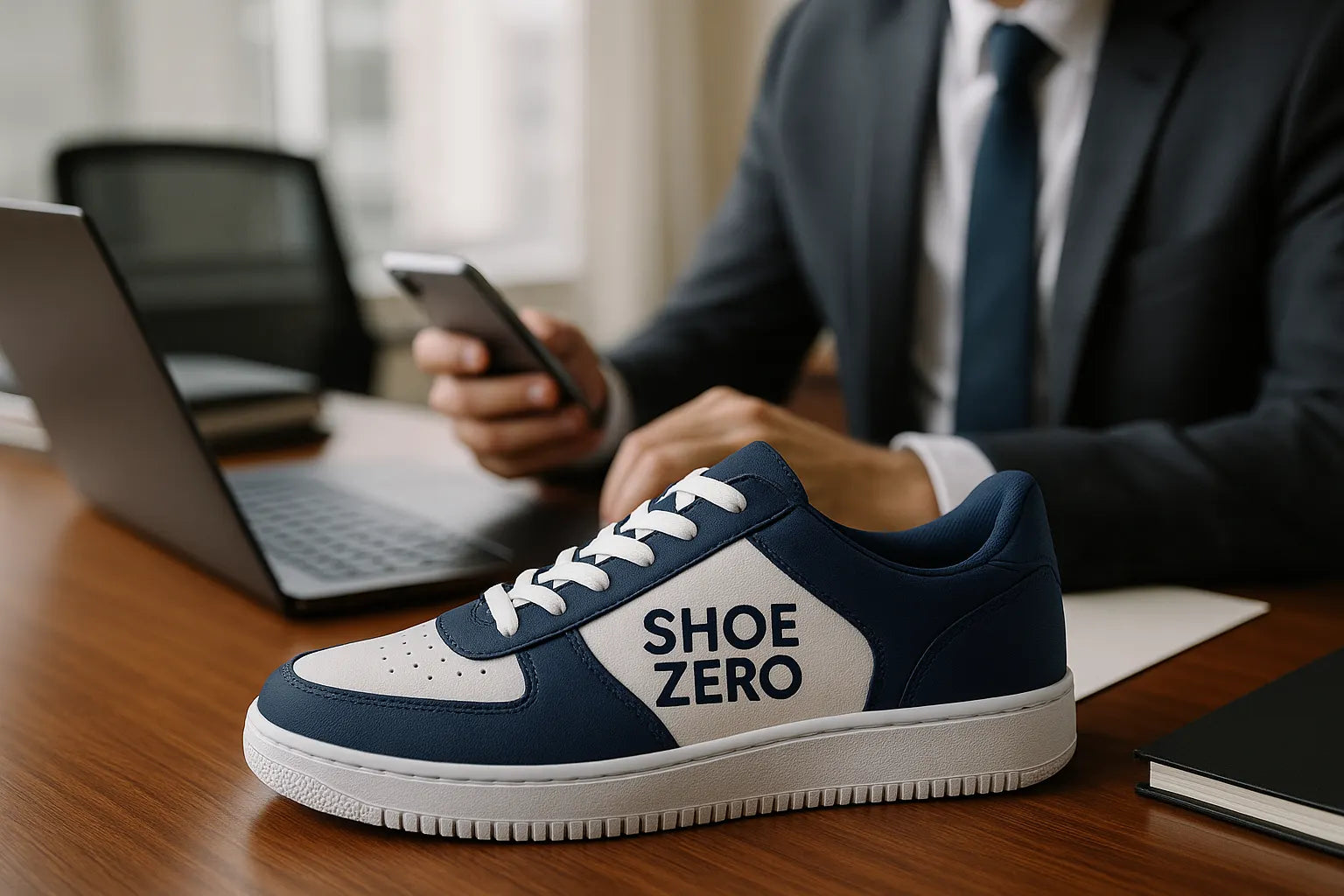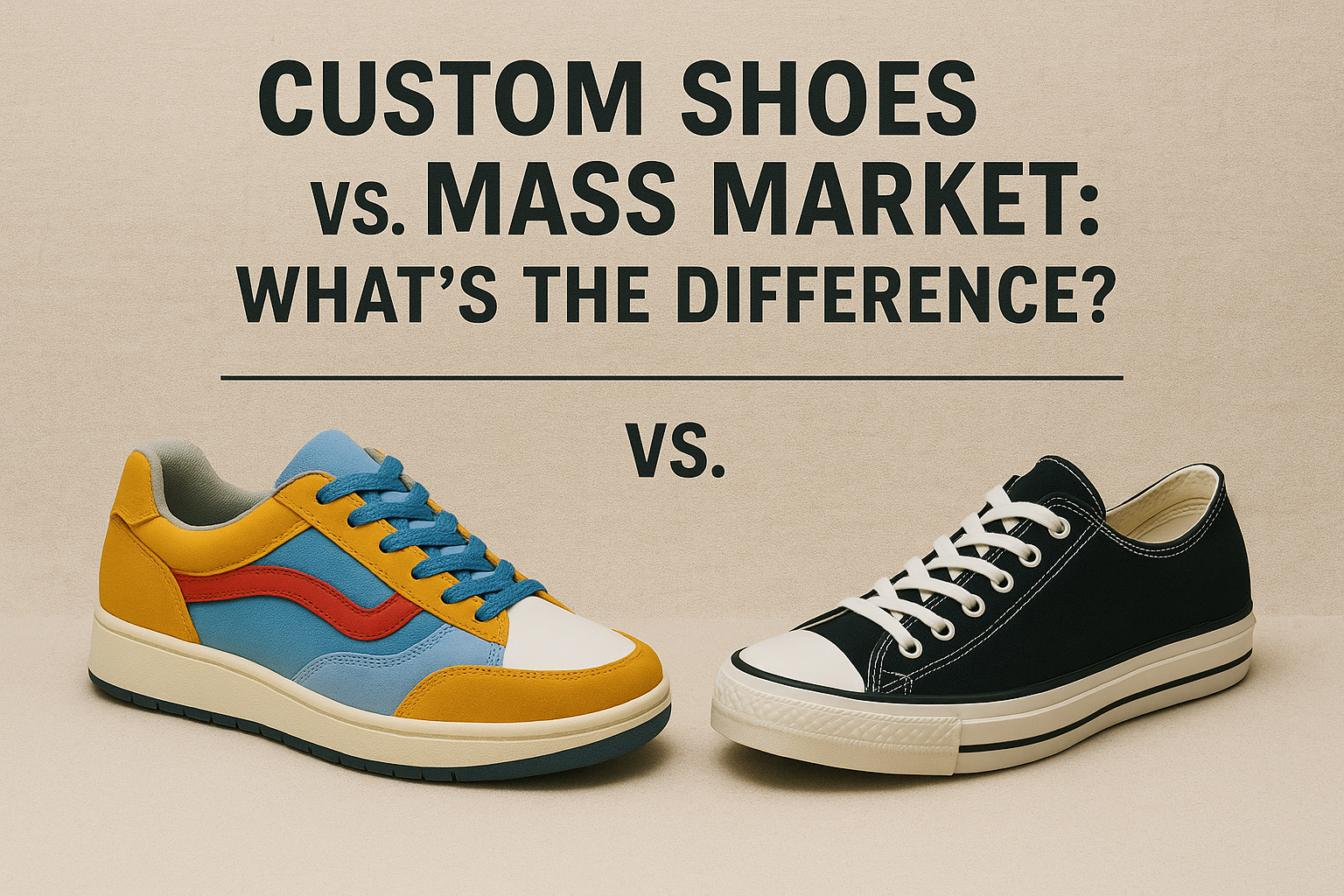In the realm of summertime footwear, the decision between flip-flops and sandals can be as intriguing as it is essential. As the mercury rises and the sun graces us with its warm embrace, the question of which type of open-toed shoe to don becomes a topic of spirited discussion. Flip-flops and sandals have long been contenders for the coveted title of ultimate summer footwear, each bringing its unique flair and functionality to the table. This article aims to demystify the ongoing debate, offering an authoritative and informative guide to help you navigate the flip-flop versus sandal conundrum with confidence.
What Are Flip-Flops?
Flip-flops are a type of open-toe sandal that are typically made from rubber or plastic materials. They are characterized by their simple design, which features a flat sole and a thong strap that fits between the toes to hold the foot in place.
Flip-flops are popular for their ease of use and affordability and are commonly worn in casual settings or at the beach. They have a long history, with some forms of the shoe dating back to ancient Egypt, but they became popular in the Western world during the 1950s and 1960s.
| Features of Flip-Flops | Examples |
|---|---|
| Flat sole made of rubber, plastic, or foam | Havaianas, Old Navy flip-flops |
| Thong strap that fits between the toes | Reef flip-flops, Crocs Athens flip-flops |
| Simple, minimalist design | Adidas Adissage slides, Nike Benassi JDI slides |
Flip-flops are designed for easy on-and-off wear, making them a practical footwear choice for the beach, pool, or locker room. They are also lightweight and breathable, which can offer some relief in hot weather.
However, flip-flops are not ideal for extended wear or for activities that require support or stability. Their flat soles can cause foot pain, and the lack of arch support can lead to issues like plantar fasciitis.
Pros of Flip-Flops
While flip-flops may not be appropriate for every occasion, they do offer a range of benefits that make them a popular choice for casual wear. Here are some of the pros of wearing flip-flops:
- Convenience: Flip-flops are easy to slip on and off, making them a practical choice for quick trips outside or on the go.
- Breathability: Flip-flops allow air to circulate around the feet, helping to prevent sweat and discomfort in hot weather.
- Comfort: Most flip-flops have a simple design that provides minimal cushioning and support, but some people find this lack of structure to be comfortable.
- Variety: Flip-flops come in a wide range of styles, colors, and materials, making it easy to find a pair that suits your personal taste.
Overall, flip-flops are a convenient and comfortable choice for casual settings where support and protection may not be a top priority.
Cons of Flip-Flops
While flip-flops can be a convenient and easy-to-wear footwear option, they also come with a few drawbacks:
| Cons of Flip-Flops | Description |
|---|---|
| Lack of Support | Flip-flops offer little to no arch or heel support, which can be problematic for people with flat feet or those who require more stability in their footwear. |
| Potential for Foot Pain | Wearing flip-flops for extended periods of time can cause pain in the feet, ankles, and legs due to the lack of support and cushioning. |
| Not Suitable for All Activities | Flip-flops are not appropriate for activities that require more foot protection or support, such as running, hiking, or playing sports. |

What Are Sandals?
Sandals are a type of open-toe footwear that differ from flip flop designs in several ways. While flip-flops typically feature a single thong strap that runs between the toes and a flat sole, sandal styles can vary in design, with some featuring multiple straps that cover more of the foot and others incorporating a heel or wedge, such as t-strap sandals.
Unlike flip-flops, many sandals are suitable for both casual and formal occasions, as they can be dressed up or down depending on the style and materials. Sandals can also provide more support than flip-flops, particularly for those with foot or arch pain. Additionally, sandals may be more protective than flip-flops, as they often cover more of the foot and can be made with thicker, sturdier materials.
Pros of Sandals
While flip-flops have their advantages, sandals offer a more versatile option for both casual and dressy occasions. Here are some of the benefits of wearing sandals:
- Support: Sandals typically have more structure than flip-flops, with features such as arch support and cushioned soles. This makes them a better choice for people with foot pain or other conditions that require extra support.
- Versatility: Sandals come in a wide range of styles, from simple thongs to more elaborate designs with embellishments and straps. This means that they can be dressed up or down depending on the occasion.
- Air flow: Like flip-flops, sandals allow air to circulate around the feet, reducing the risk of sweat and discomfort.
- Protection: While sandals are more open than other types of footwear, they still provide more coverage than flip-flops. This can be especially important in environments where there is a risk of stubbing toes or coming into contact with sharp objects.
Overall, sandals are a good option for people who want a comfortable, supportive shoe that can be worn in a variety of settings.
Cons of Sandals
While sandals have many advantages, there are potential downsides to consider before purchasing a pair. One of the main drawbacks is their limited protection. Unlike closed-toe shoes, sandals leave your feet vulnerable to various hazards, such as stubbed toes, falling objects, or uneven surfaces. This can be particularly risky when engaging in outdoor activities or working in hazardous environments, as your feet may be exposed to dirt, debris, or even wildlife.
In addition, wearing sandals requires proper maintenance to prevent odor or discomfort. Since sandals provide less coverage than closed-toe shoes, your feet are more prone to sweating and developing unpleasant smells or infections. This is especially true if you wear sandals for extended periods or in hot and humid climates. To avoid these issues, you should regularly clean and dry your sandals, wear breathable socks if appropriate, and replace them as needed.
Despite these downsides, sandals remain a popular and fashionable choice for many people, and with proper care, they can provide a comfortable and versatile option for various occasions. However, if you are looking for more protection or support for your feet, you may want to consider other types of footwear, such as sneakers or boots.

Flip-Flops vs Sandals: Key Differences
When it comes to open-toe footwear, flip flops vs sandals is a common comparison, as there are clear differences between the two.
| Feature | Flip-Flops | Sandals |
|---|---|---|
| Strap Design | Single strap between the toes | Multiple straps across the foot |
| Comfort | Can cause foot pain and discomfort due to lack of support | Generally more comfortable due to added support and cushioning |
| Versatility | Best suited for casual settings and beachwear | Can be dressed up or down for a variety of occasions |
| Functionality | Easy to slip on and off, but can be impractical for activities that require more support or protection | Offer more protection and stability, making them a better choice for outdoor activities and longer periods of wear |
Ultimately, the differences between flip flops vs sandals comes down to individual style, comfort preferences, and intended use. Those seeking a simple and convenient option for casual settings may prefer flip-flops, while those looking for more support and versatility may opt for sandals.
Choosing the Right Footwear for Your Lifestyle
When it comes to choosing between flip-flops and sandals, the decision ultimately boils down to your lifestyle and personal preferences. While both types of footwear have their pros and cons, understanding how they differ in terms of design, functionality, and activity suitability can help you make an informed decision.
If you're someone who values convenience and ease of use in casual settings, flip-flops might be the way to go. Their slip-on design and minimalistic style make them perfect for trips to the beach, running errands on a hot day, or lounging around the house.
However, if you're looking for more support and versatility, sandals might be a better choice. They come in various styles and designs, from athletic sandals for hiking and outdoor activities to dressier options that can be worn to work or a night out.
It's also essential to consider your level of activity. Flip-flops are not suitable for activities that require a lot of movement, such as running or hiking, as they lack support and can cause foot pain. On the other hand, sandals with a sturdy sole and adjustable straps can provide the necessary support for more strenuous activities.
Lastly, style preference plays a significant role in choosing the right footwear. While flip-flops have a relaxed and casual style, sandals offer more versatility in terms of design and can be dressed up or down depending on the occasion.
Overall, to make the right decision between flip-flops and sandals, consider your lifestyle, activity level, and style preferences. Both types of footwear have their benefits and drawbacks, so understanding how they differ can help you choose the perfect pair for your needs.
__________________________________________________
Key Takeaways
In the end, the choice between flip-flops and sandals comes down to your lifestyle and personal preferences. The differences are clear—flip-flops offer lightweight convenience and breathability, making them perfect for casual, laid-back settings. However, they may not provide enough support for extended wear. Sandals, on the other hand, bring more versatility and support, making them a better option for long walks, active days, or occasions where comfort and durability matter.
When choosing or customizing the right pair, always consider comfort, activity level, and style preferences. Those with active lifestyles or who spend lots of time on their feet may benefit from sandals, while flip-flops are a great go-to for quick errands or beach days.
At Shoe Zero, you can take both to the next level by designing your own pair. Whether you’re creating custom sandals for summer style, or pairing them with our custom shoes for a full wardrobe refresh, the options are endless. Explore performance-driven custom basketball shoes, everyday custom low tops and custom high tops, durable custom boots, fun custom kids shoes, and even a wide range of custom merch to complete your look.
Whichever you prefer, flip-flops or sandals, you can make them uniquely yours with Shoe Zero. Step into comfort, style, and personalization today.
FAQs (Frequently Asked Questions)
1. Are flip-flops suitable for long walks?
Flip-flops excel in casual settings and quick errands but might not provide the necessary support for prolonged walks. Opt for more supportive footwear for extended strolls.
2. Can sandals be worn to formal events?
Absolutely! Sandals come in a range of styles, from casual to formal. Certain designs, like gladiator sandals or sophisticated T-straps, can be the perfect complement to your formal attire.
3. What's the main difference between flip-flops and sandals?
The primary difference lies in their construction and support. Flip-flops have a minimalistic design with a Y-shaped strap, while sandals offer more foot coverage and often have enhanced arch support.
4. How can I ensure foot health while wearing flip-flops or sandals?
While flip-flops and sandals have their merits, it's advisable not to wear them for extended walks. To maintain foot health, consider alternating with more supportive footwear and being mindful of your walking distance.
5. What should I prioritize when choosing between flip-flops and sandals?
Prioritize your comfort and the intended purpose. Consider the occasion, the level of support your feet require, and the materials used in the footwear. Quality and construction should take precedence over price.
Co-Author: Danielle A.








